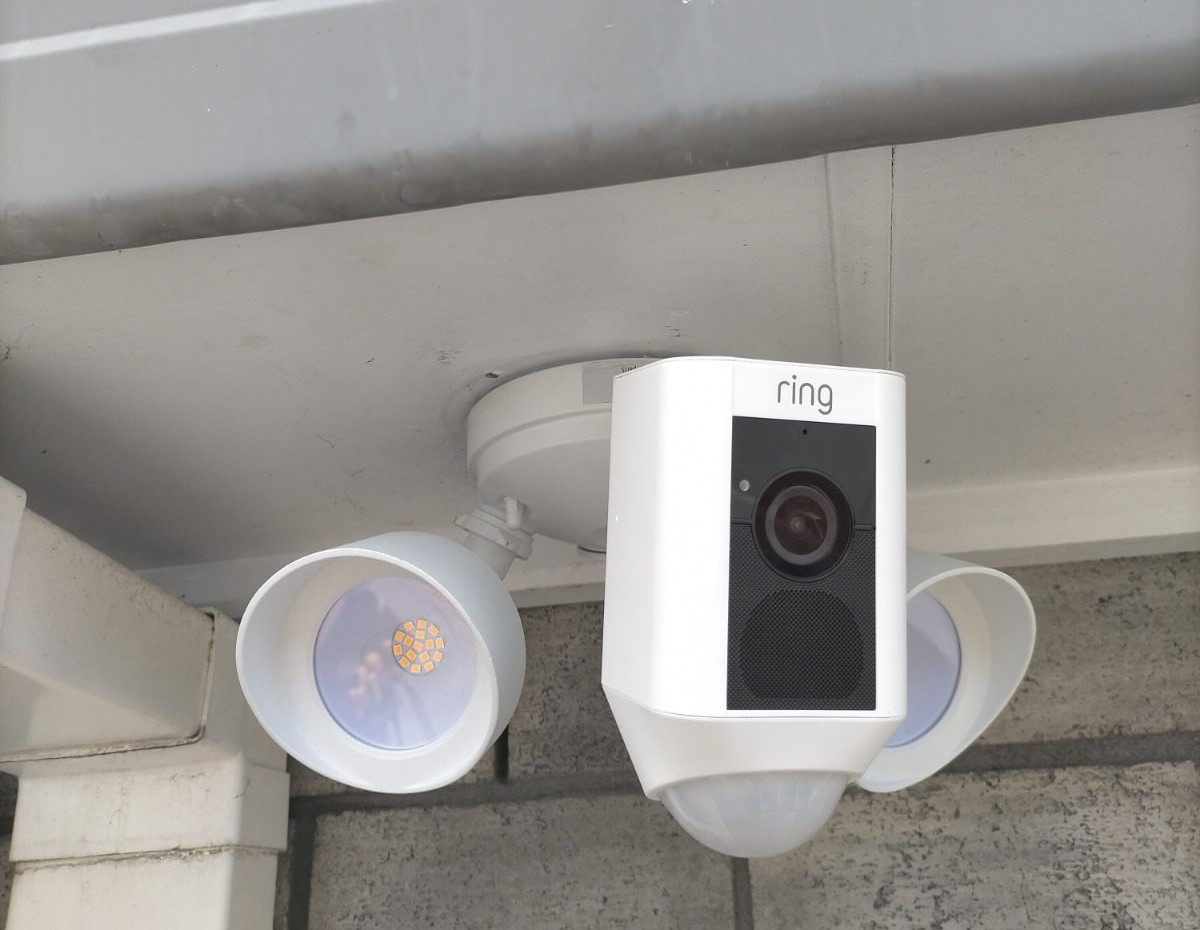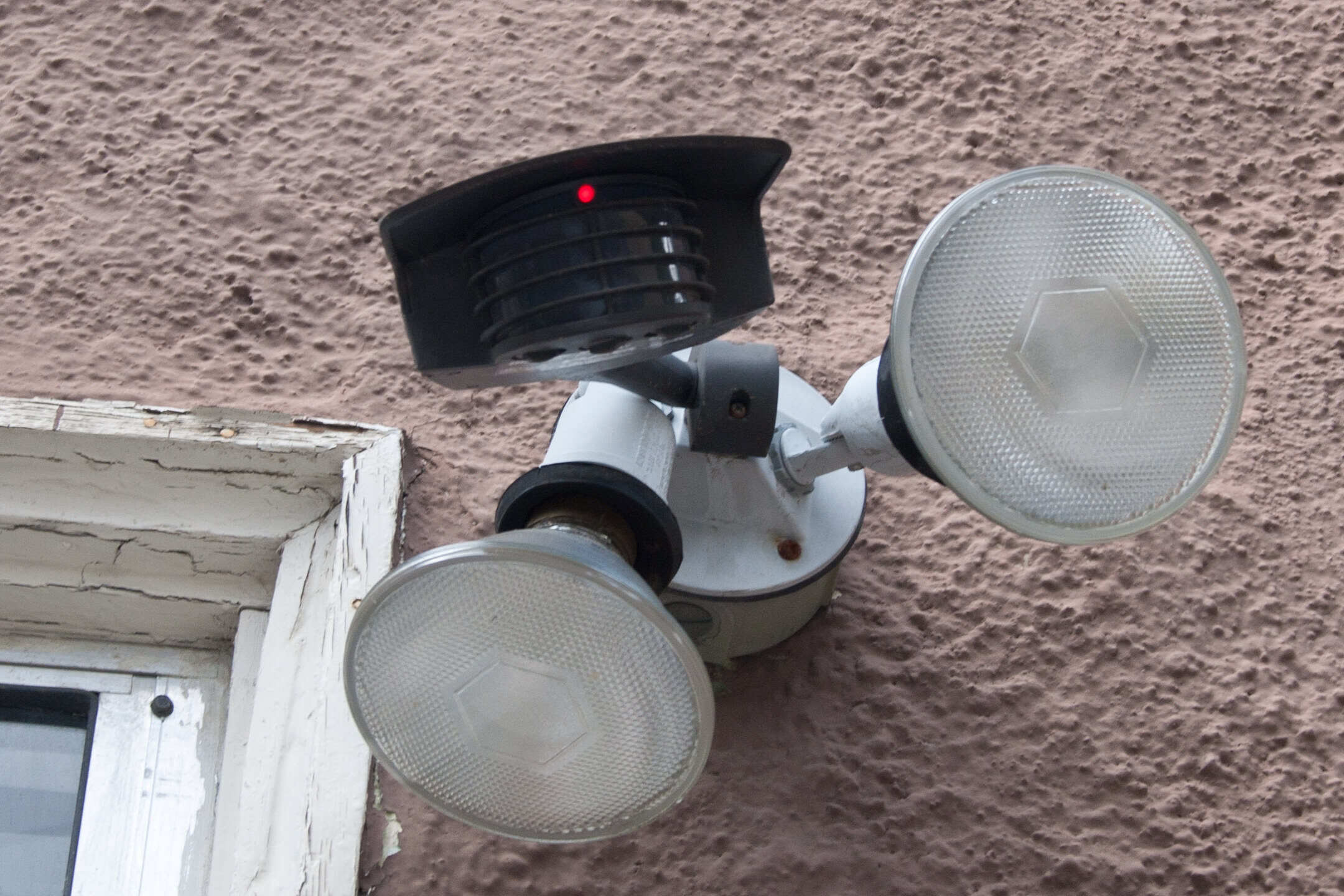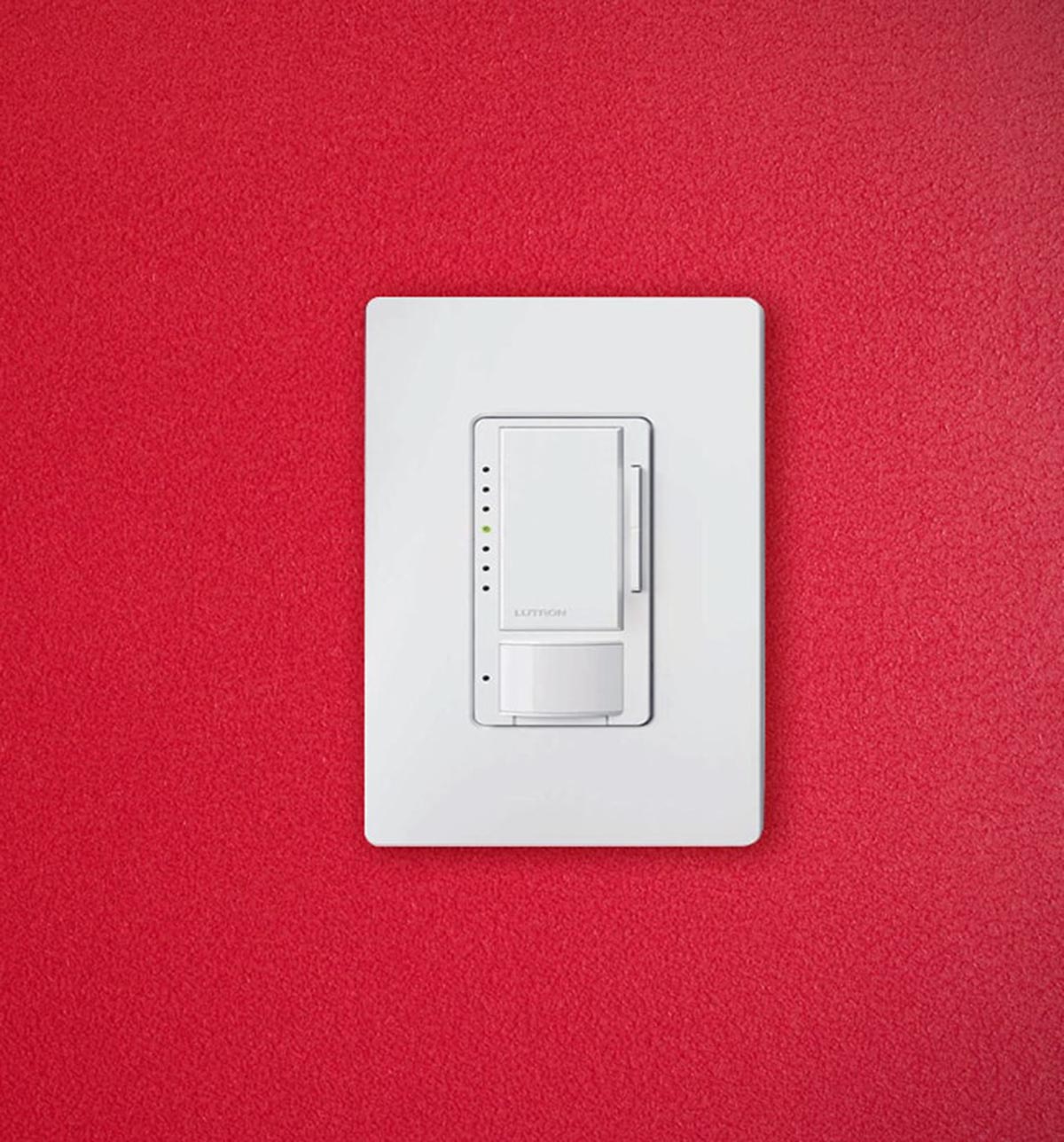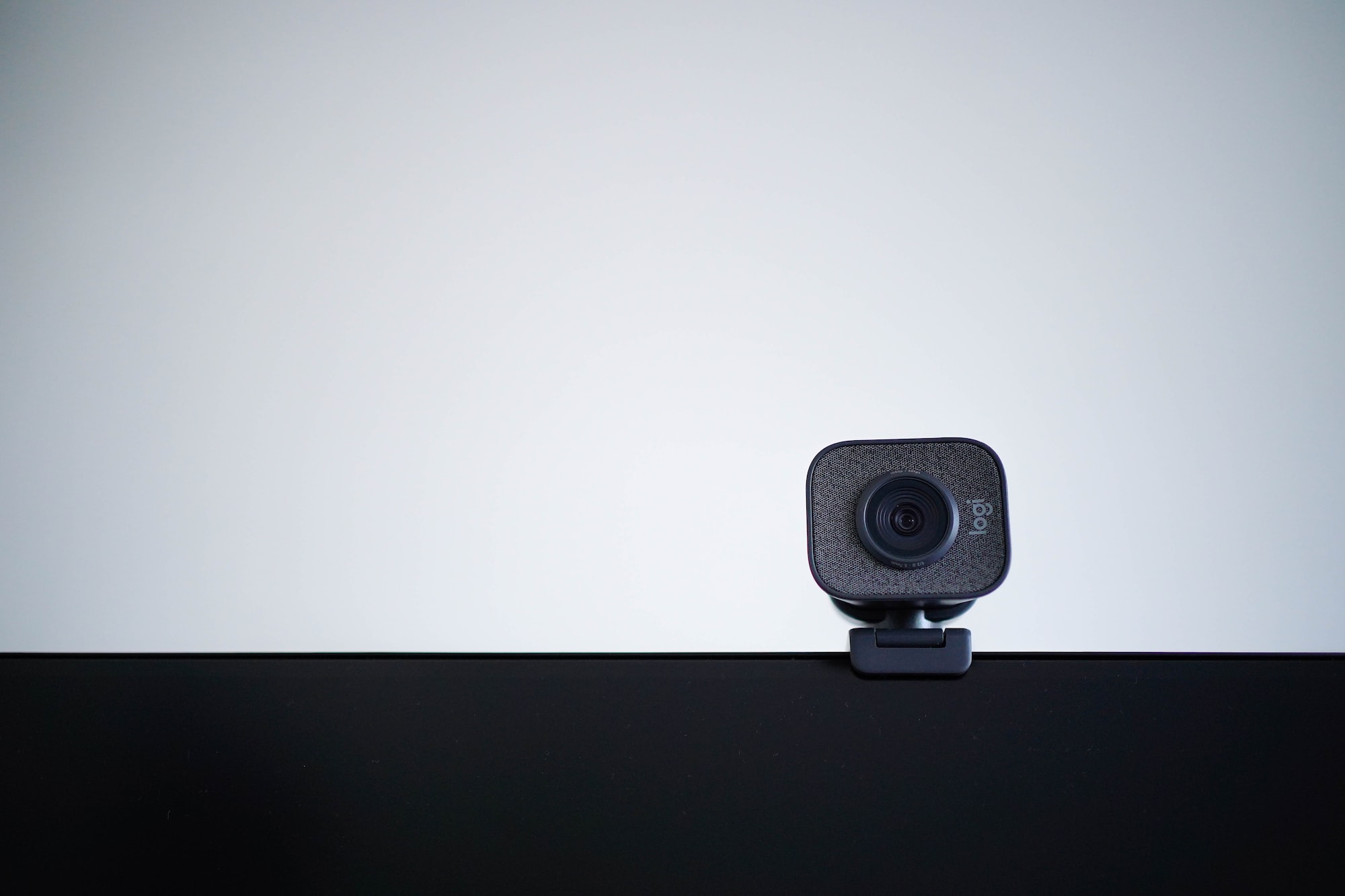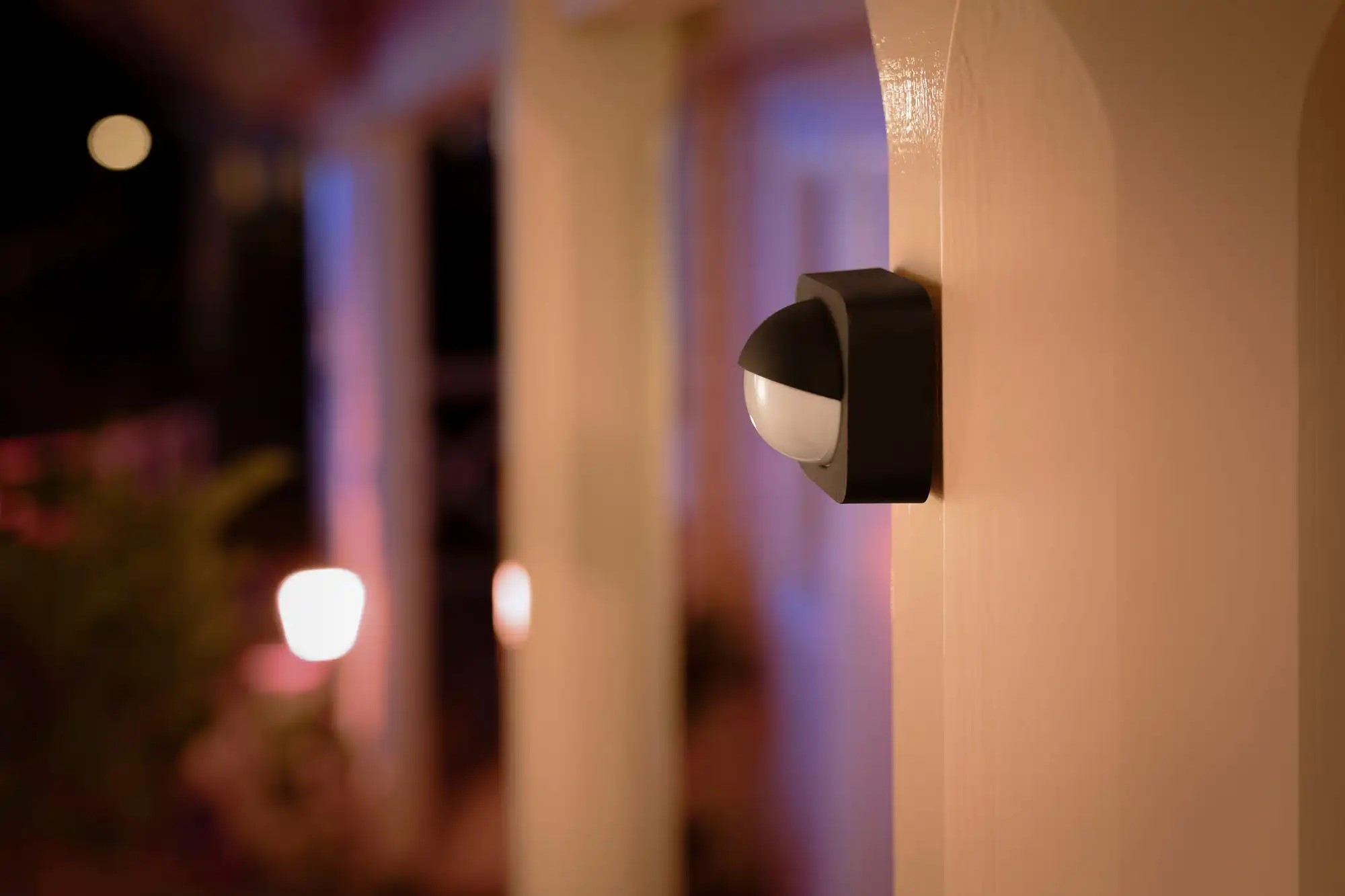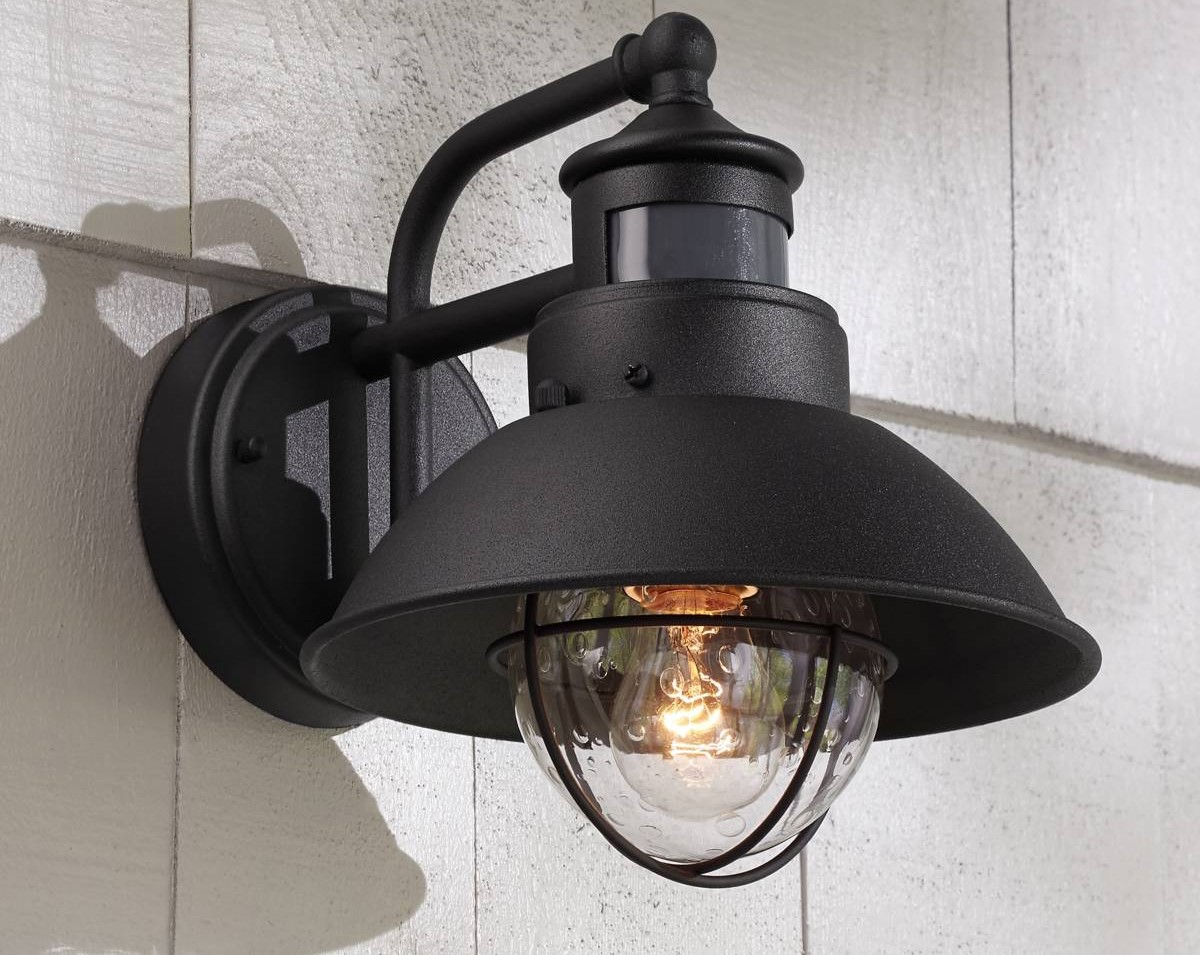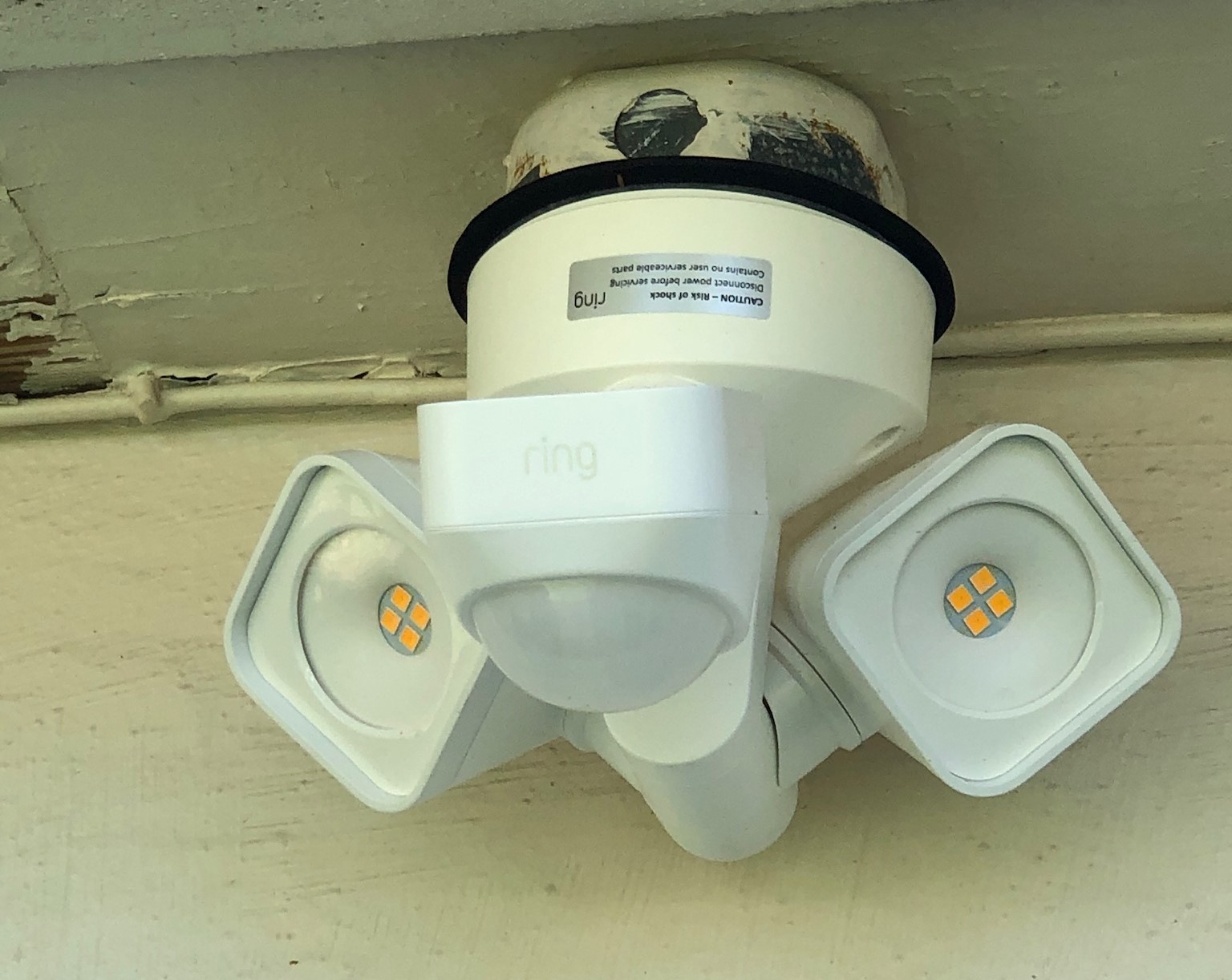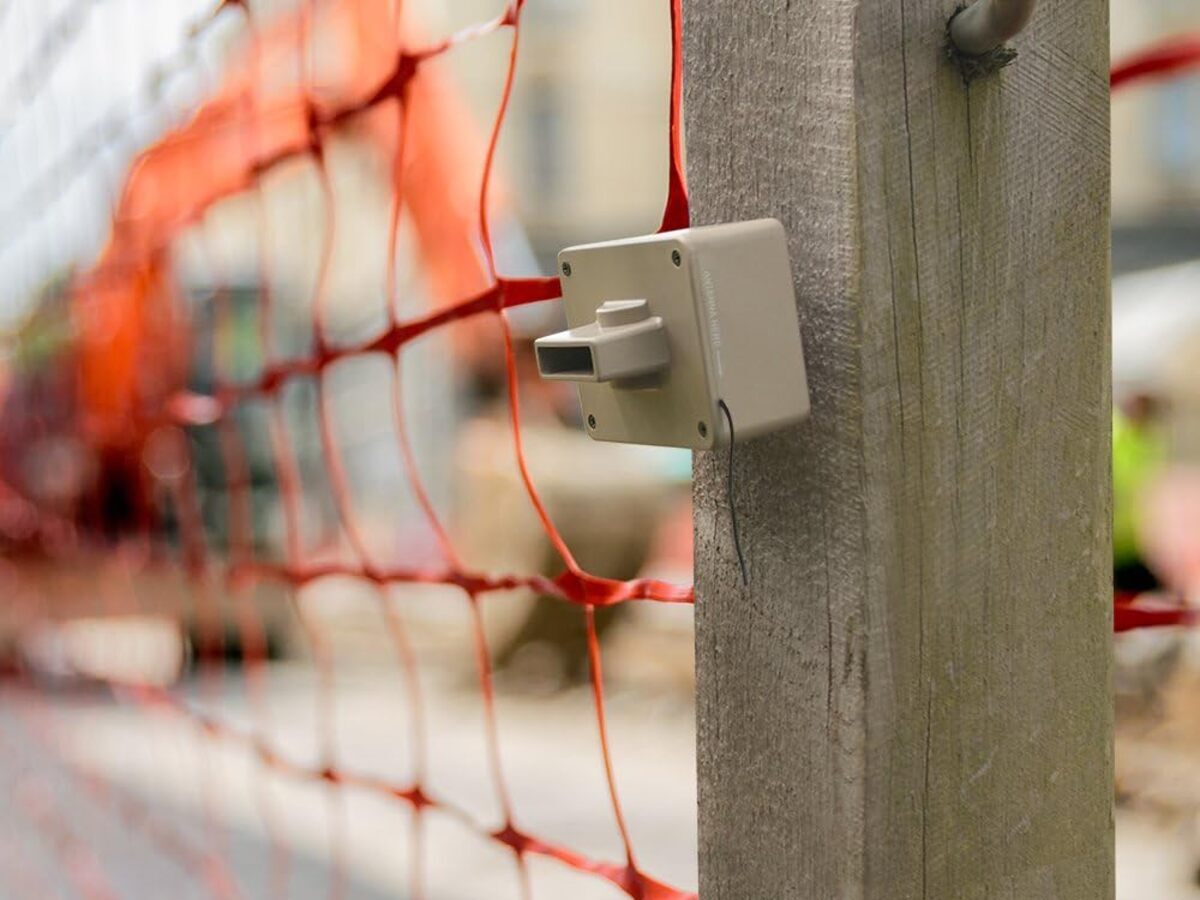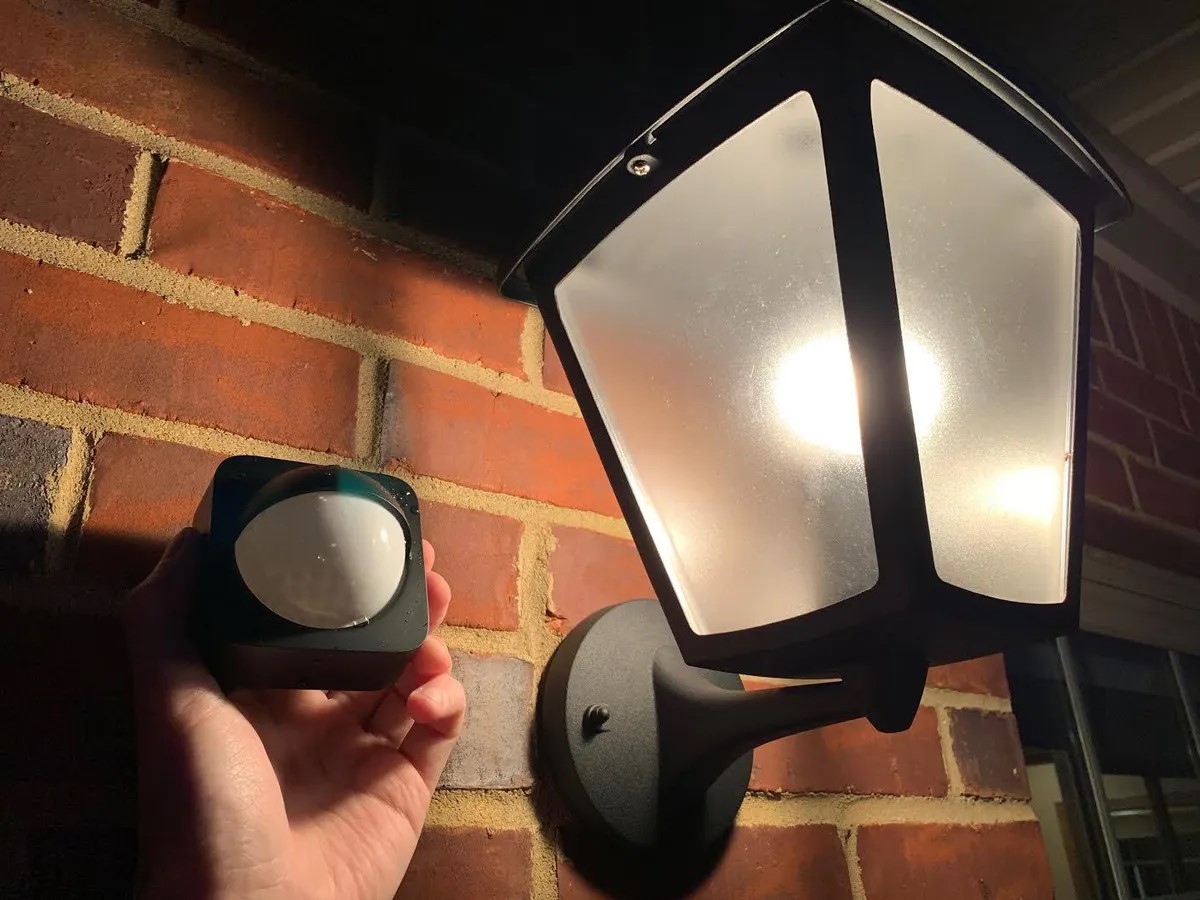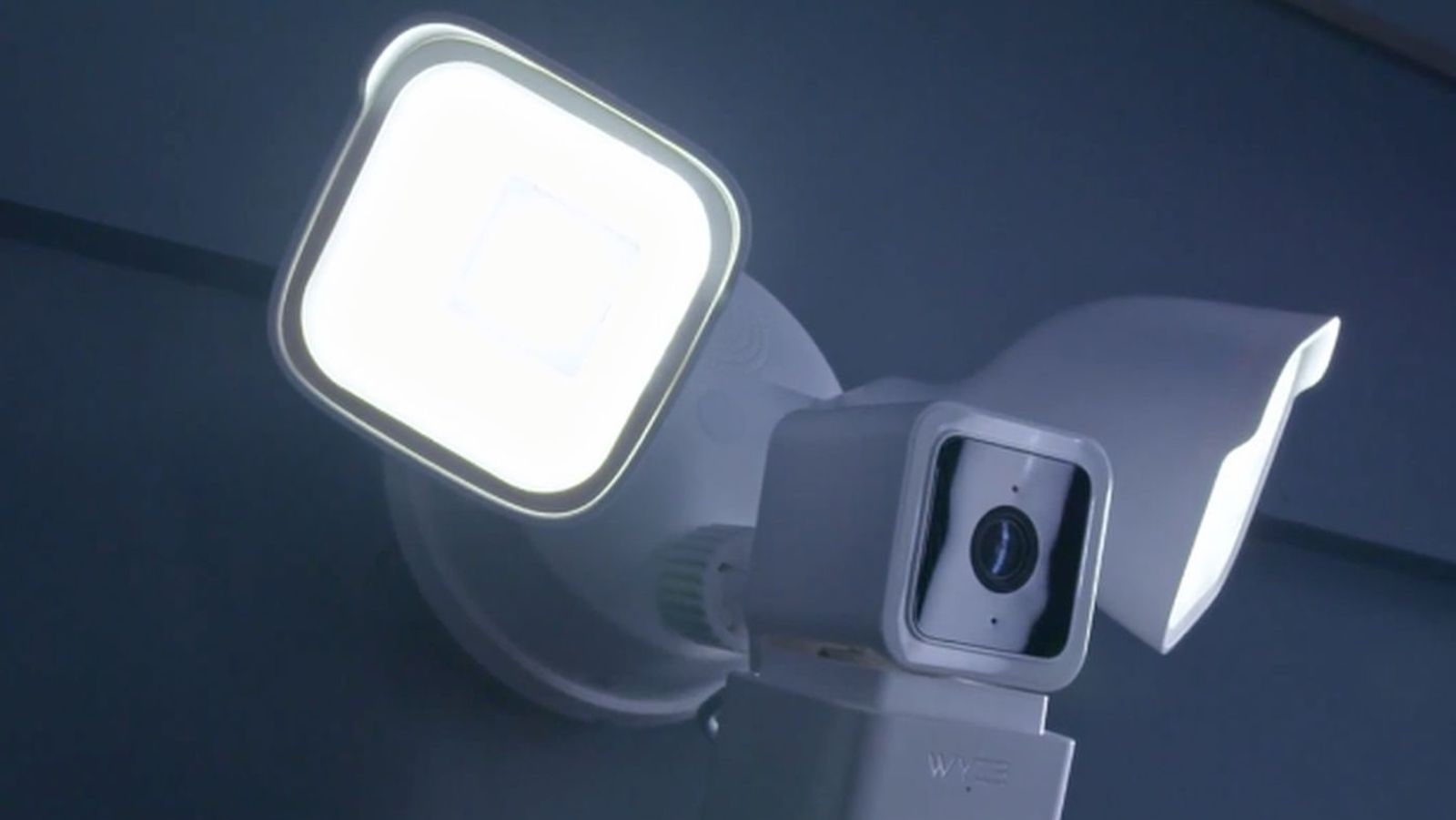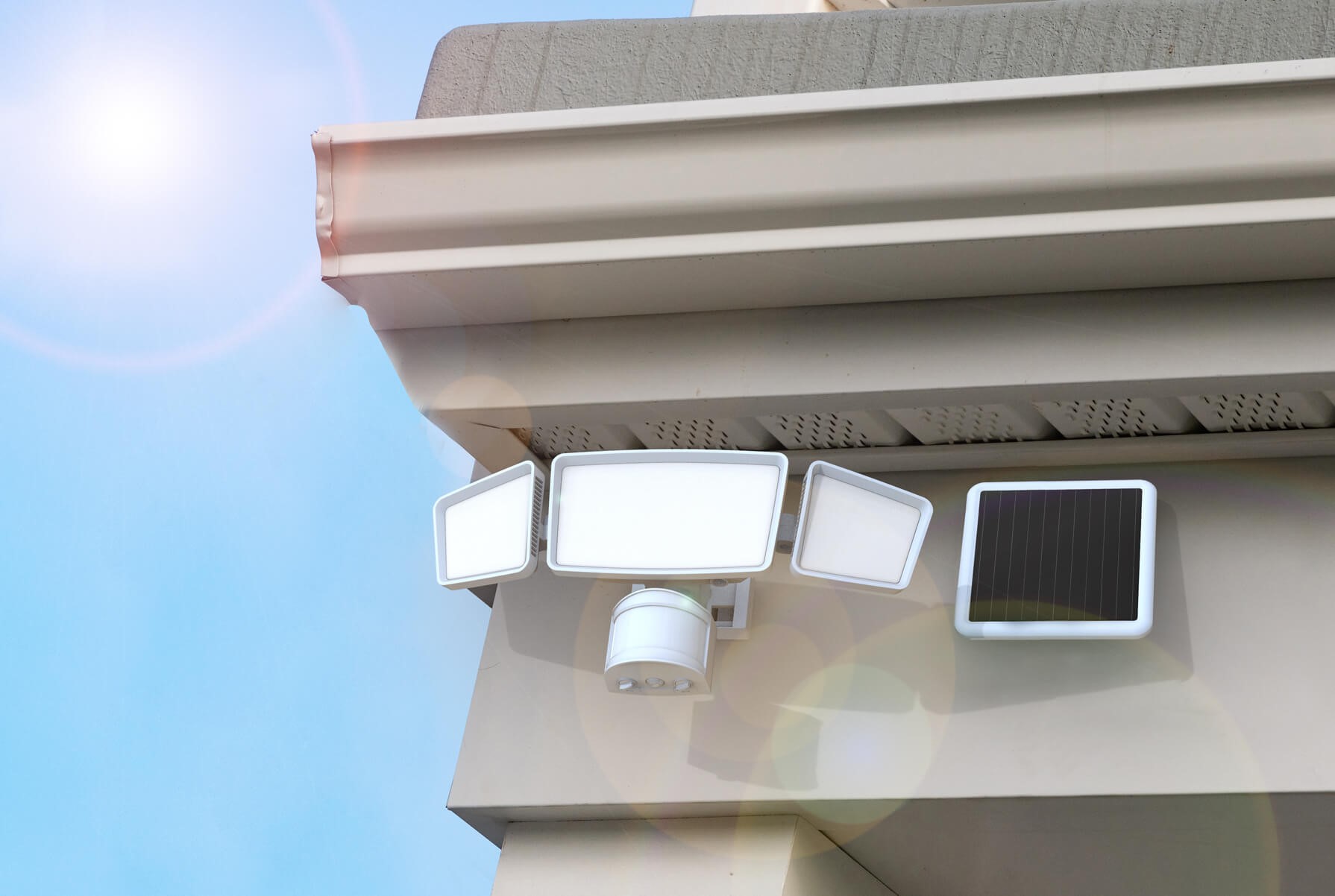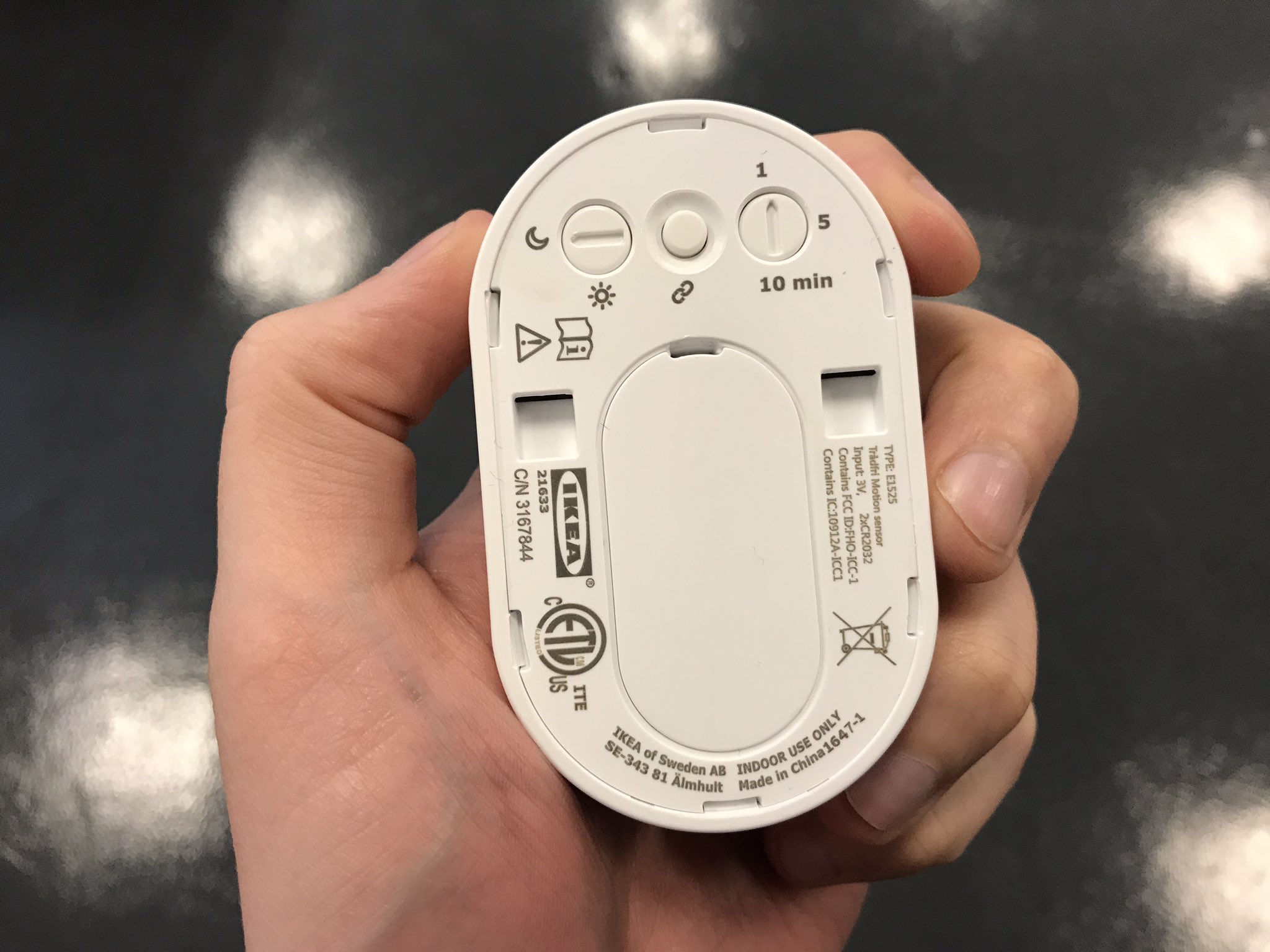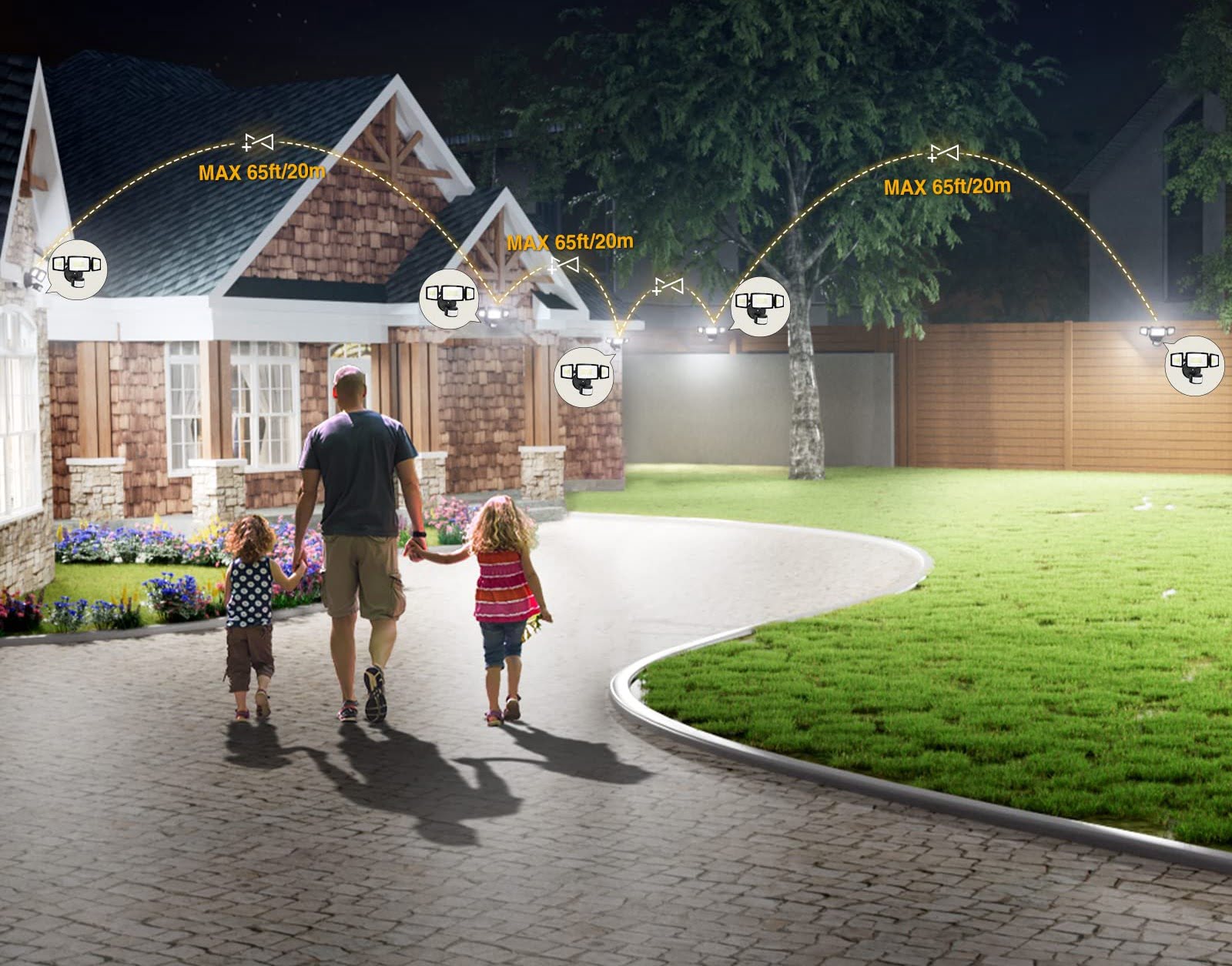Home>Home Security and Surveillance>How To Turn On Motion Detector Light On By The Switch
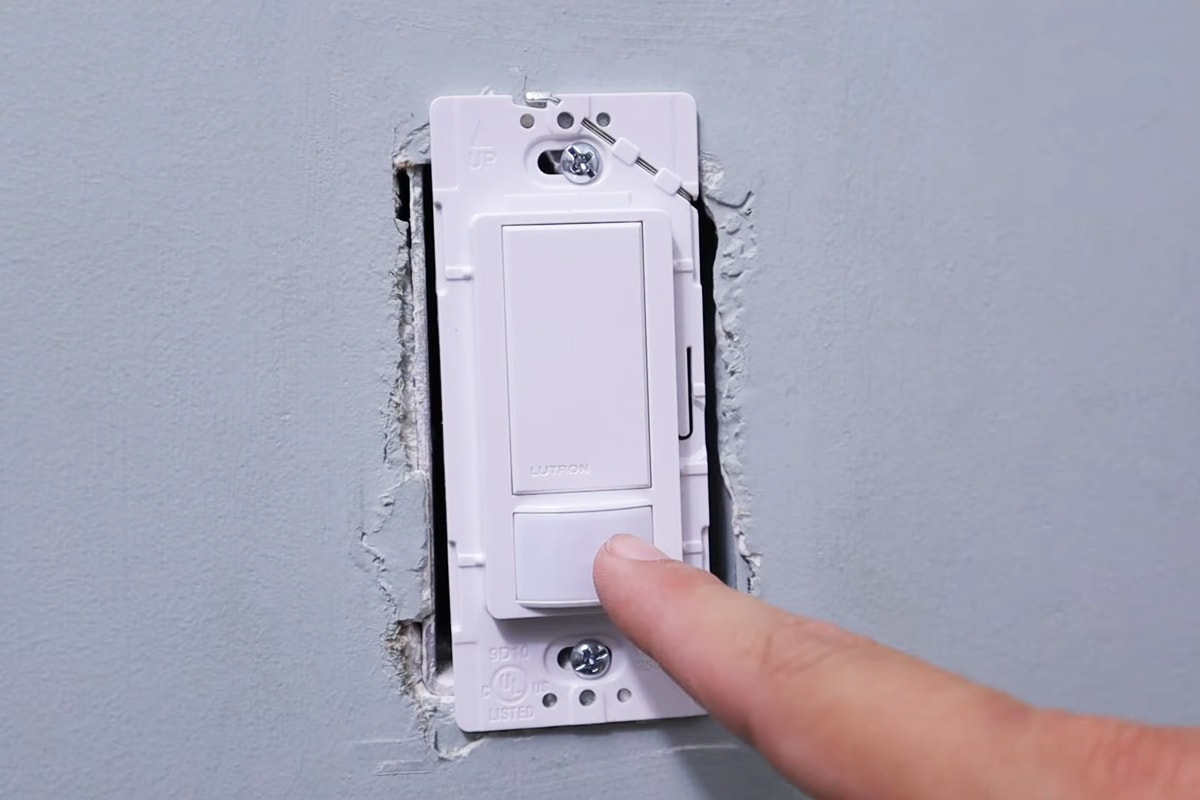

Home Security and Surveillance
How To Turn On Motion Detector Light On By The Switch
Modified: August 23, 2024
Learn how to easily activate your motion detector light by using the switch. Enhance your home security and surveillance system with this simple step-by-step guide.
(Many of the links in this article redirect to a specific reviewed product. Your purchase of these products through affiliate links helps to generate commission for Storables.com, at no extra cost. Learn more)
Introduction
Welcome to the world of home security and surveillance! In today’s fast-paced world, ensuring the safety and protection of our homes has become a top priority for many. One effective way to enhance the security of your property is by installing motion detector lights. These innovative lights automatically turn on when they sense any movement nearby, alerting you to potential intruders and providing you with peace of mind.
In this article, we will guide you through the process of turning on motion detector lights using the switch. Whether you are a homeowner looking to enhance your home’s security or a renter looking for ways to improve safety, we’ve got you covered.
Before we dive into the step-by-step guide, let’s take a moment to understand how motion detector lights work and why they are a valuable addition to your security system.
Key Takeaways:
- Motion detector lights automatically turn on when they sense movement, providing security and peace of mind. Locate the light switch and follow simple steps to activate the motion detection feature.
- Troubleshoot common issues like lights not turning on, staying on constantly, or erratic behavior. Adjust sensitivity settings and positioning for optimal functionality.
Read more: How Do Motion Detector Light Switches Work
Understanding Motion Detector Lights
Motion detector lights, also known as security lights or motion-activated lights, are designed to detect movement and provide illumination in response. They consist of a motion sensor and a light fixture, usually mounted outside the home or in key areas such as the garage, porch, or backyard.
The motion sensor is equipped with infrared technology or a combination of heat and motion detection sensors. When the sensor detects a change in infrared radiation or senses movement, it triggers the lights to turn on. This serves two main purposes – it illuminates the area, making it easier to see and navigate, and it serves as a deterrent for potential intruders or unwanted animals.
One key advantage of motion detector lights is their ability to conserve energy. Unlike traditional outdoor lights that remain on all night, motion detector lights only activate when motion is detected. This not only reduces energy consumption but also extends the lifespan of the light bulbs.
Another beneficial feature of motion detector lights is their adjustable settings. Depending on the model, you can often adjust the sensitivity range, the duration the lights stay on after detecting motion, and even the intensity of the light itself. These settings allow you to customize the lighting to fit your specific needs and preferences.
Now that we have a better understanding of how motion detector lights work and their advantages, let’s move on to identifying the light switch.
Identifying the Light Switch
Before you can turn on the motion detector light, you need to locate the light switch associated with it. The location of the light switch may vary depending on the specific installation of the motion detector light.
Here are a few common places where you may find the light switch:
- Indoor Switch: In some cases, the light switch for the motion detector light may be located indoors, typically near the entryway or in a central area. This allows you to control the light manually and override the motion sensor. Look for any switches that are labeled or appear to control the outdoor lighting.
- Outdoor Switch: Many motion detector lights have a dedicated switch located directly on the light fixture itself. This switch is designed to control the motion detection feature and allows you to turn the light on and off without interfering with the sensor’s functionality. Look for a switch on the bottom or side of the light fixture.
- Wall Switch: In some cases, the motion detector light may be connected to an existing wall switch that also controls other lights or outlets. If you have a wall switch that you suspect might control the motion detector light, try flipping it to see if it affects the light’s operation.
If you’re still unsure about the location of the light switch, refer to the instruction manual provided by the manufacturer. The manual should provide specific information about the switch’s placement and functionality.
Once you’ve identified the light switch, you’re ready to turn on the motion detector light. Let’s move on to the next section to learn how.
To turn on a motion detector light by the switch, simply flip the switch to the “on” position. The motion sensor will then activate the light when it detects movement.
Turning On the Motion Detector Light
Now that you have located the light switch associated with your motion detector light, it’s time to turn it on. Follow these steps to activate the motion detection feature and enable the light:
- Locate the light switch whether it’s indoors, on the light fixture, or connected to a wall switch.
- If the switch is in the “off” position, flip it to the “on” position. This will power up the motion detector light and allow it to start detecting motion.
- Wait for a few moments for the light to initialize. Some motion detector lights have a brief delay after being turned on before they become fully operational.
- Test the motion detection feature by walking in front of the lights or waving your hand in the sensor’s range. If the lights turn on, it means the motion detection feature is functioning correctly.
- Observe the sensitivity and duration settings of your motion detector light. Depending on the model, you may be able to adjust these settings using controls on the light fixture or through an accompanying smartphone app or remote control. Experiment with different settings to find the optimal configuration for your specific needs.
It’s important to note that the specific steps for turning on the motion detector light may vary depending on the manufacturer and model you have. Be sure to consult the instruction manual or manufacturer’s website for any specific instructions or troubleshooting tips.
Now that you’ve successfully turned on the motion detector light, let’s move on to the next section to explore some common issues you may encounter and how to troubleshoot them.
Troubleshooting Common Issues
While motion detector lights are generally reliable and efficient, there may be instances where you encounter some common issues. Here are a few troubleshooting tips to help you resolve these problems:
- Light Not Turning On: If the motion detector light fails to turn on, first ensure that the light switch is in the “on” position. If it is, check the power source and make sure it is functioning properly. Additionally, verify that the motion sensor is clean and free from any obstructions, as dirt or debris can interfere with its functionality.
- Light Stays On Constantly: If the motion detector light remains on continuously, it could be due to a few reasons. First, check if there is any continuous motion in the area, such as fallen leaves or tree branches swaying in the wind. Adjust the sensitivity settings to minimize false triggering. If the issue persists, there may be a problem with the motion sensor itself, and you may need to consult a professional for further assistance.
- Light Turns On/Off Erratically: Erratic behavior from the motion detector light could indicate a wiring issue or a faulty sensor. Inspect the wiring connections to ensure they are secure and not damaged. If the issue persists, consider resetting the motion detector light to its factory defaults or contact a professional for help.
- Inadequate Lighting: If you find that the lighting provided by the motion detector light is insufficient, double-check the positioning and aim of the light fixture. Adjust it to cover the desired area more effectively. Additionally, consider upgrading to a higher-powered bulb or installing multiple motion detector lights to enhance the overall illumination.
- Frequent False Alarms: False alarms can be triggered by factors such as nearby wildlife, moving plants, or passing cars. Adjust the sensitivity settings to minimize false detections, or consider using additional tools like masking the sensor or adding a secondary motion sensor for more accurate readings.
If you have attempted the troubleshooting tips mentioned above and are still experiencing issues with your motion detector light, it is recommended to reach out to a professional electrician or contact the manufacturer’s customer support for further assistance.
With proper troubleshooting and maintenance, you can ensure that your motion detector light functions optimally and provides reliable security for your home.
Now that we’ve explored troubleshooting common issues, let’s wrap up this article.
Read more: How To Turn Off A Motion Detector Light
Conclusion
Congratulations! You have successfully learned how to turn on a motion detector light using the switch. By understanding the basics of motion detector lights, locating the light switch, and troubleshooting common issues, you have taken important steps towards enhancing the security and safety of your home.
Motion detector lights provide a convenient and effective way to deter intruders, illuminate dark areas, and provide peace of mind. By automatically turning on when they detect motion, these lights serve as a valuable addition to your home security system.
Remember, when turning on your motion detector light, make sure to locate the light switch associated with it. It may be indoors, on the light fixture itself, or connected to a wall switch. Once you have found the switch, simply turn it on, wait for the light to initialize, and test the motion detection feature.
If you encounter any issues, such as the light not turning on, staying on constantly, or experiencing erratic behavior, follow the troubleshooting tips provided in this article. By addressing these common issues, you can ensure the proper functioning of your motion detector light.
Lastly, if you’re still facing challenges or have specific questions about your motion detector light, don’t hesitate to consult the instruction manual or contact the manufacturer’s customer support for further assistance.
Now it’s time to enjoy the added security and convenience that motion detector lights bring to your home. Stay safe, and be vigilant!
Frequently Asked Questions about How To Turn On Motion Detector Light On By The Switch
Was this page helpful?
At Storables.com, we guarantee accurate and reliable information. Our content, validated by Expert Board Contributors, is crafted following stringent Editorial Policies. We're committed to providing you with well-researched, expert-backed insights for all your informational needs.

